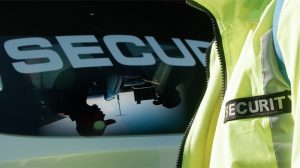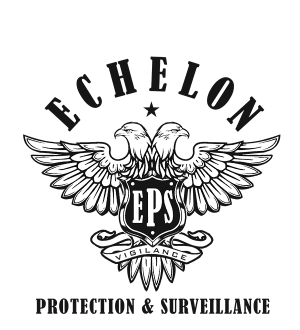
Healthcare
Body-worn video has proven useful in a wide range of areas, according to the healthcare sector. On average, workplace violence occurrences are four times more common in healthcare than private business, according to the U.S. Occupational Safety and Health Administration (OSHA). Wearable camera solutions in healthcare settings — especially emergency rooms — provide chances to prevent these kinds of attacks.
In many cases, the simple presence of a wearable camera — coupled with a notification from hospital staff that employees are filming – is enough to prevent or quickly resolve an aggressive situation. In these situations, the camera preserves a record of what occurred from the staff’s perspective during an investigation or subsequent prosecution. It also gives healthcare providers the capacity to learn from these events.
Retail
Wearable cameras are already providing significant advantages to the retail industry. Retailers, be it department stores, grocery chains, or restaurants, are concerned with enhancing the customer experience and wearable cameras recording employee-customer interactions provide an excellent tool for ensuring that they learn how to improve customer interactions while also preserving a record of circumstances linked with false liability claims.
Transportation
The top priorities for providers and operators in the transportation sector are passenger and employee safety as well as efficient, on-time operations. Video recording has grown in popularity among transport professionals because it provides both security and assurance that precautions were taken on their behalf.
There are strict federal, state, and local rules regarding transportation — whether it’s an airline, railway, sea route, or bus service. It’s critical that passenger safety be maintained throughout these modes of transport by means of regular inspections and maintenance. They know the deployment of such systems may be a question of life and death, which can influence liability.
Education
Wearable body cameras may help ensure the safety of students while also supporting class-wide operations. School resource officers and local police departments can utilize body-worn cameras to demonstrate compliance with school rules, verify adherence with policy, and execute appropriate procedures in the event of an emergency on campus.
Schools are increasingly eager to have their own video (versus depending on local law enforcement) in order to maintain control of the event video and conduct extra research into any scenario without relying on other organizations for documentation and a record of the event.


